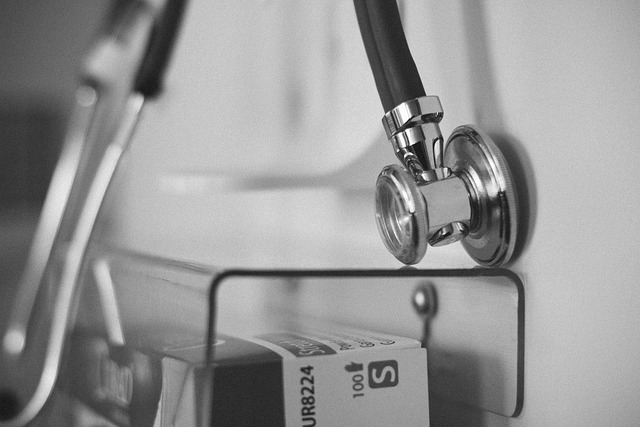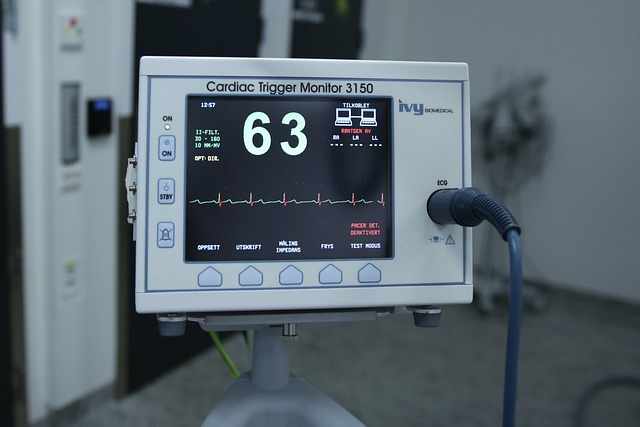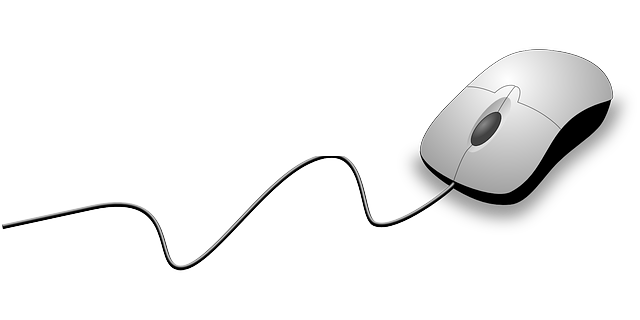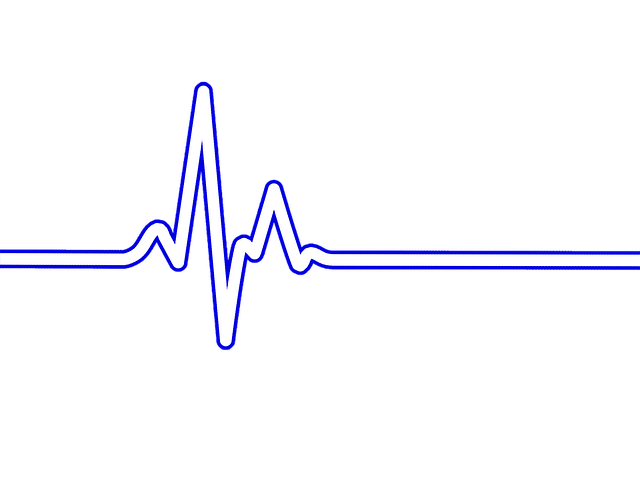Maximizing efficiency with tools requires understanding your workflow, identifying bottlenecks, and gathering feedback. Selecting the right Select Diagnostic Tools, such as pulmonary function testers or cardiac equipment, aligns with these needs, simplifying complex tasks, improving accuracy, and benefiting both teams and clients. Key considerations include high sensitivity/specificity, user-friendly interfaces, integration capabilities with EHRs, and real-time analytics. Proper training and continuous evaluation ensure tools like remote patient monitoring devices and genetic testing kits are used effectively for improved outcomes.
Maximize efficiency with powerful tools designed to streamline your workflow. In today’s fast-paced world, understanding your unique process is key to identifying areas for improvement. This article guides you through every step, from selecting the right tools with specific features and functionality to integrating diagnostic tools for seamless workflows and data sharing. We’ll also cover training, implementation, and continuous evaluation to ensure optimal performance.
- Understanding Your Workflow: Identifying Areas for Improvement
- Choosing the Right Tools: Features and Functionality to Look For
- Integrating Diagnostic Tools: Seamless Workflows and Data Sharing
- Training and Implementation: Maximizing User Adoption and Efficiency
- Continuous Evaluation: Staying Updated and Optimizing Performance
Understanding Your Workflow: Identifying Areas for Improvement

Understanding your workflow is a critical first step in maximizing efficiency with tools. By mapping out each step of your process, from initial client intake to final delivery, you can identify bottlenecks and areas for improvement. This may involve observing daily routines, analyzing data on task completion times, or gathering feedback from colleagues and clients. Once these pain points are revealed, it becomes easier to pinpoint where the introduction of new tools could make a significant difference.
Selecting diagnostic tools that align with your identified needs is key. For instance, pulmonary function testers can aid in streamlining respiratory health assessments, while oncology diagnostic aids offer advanced solutions for accurate cancer detection. Similarly, cardiac diagnostic equipment can enhance heart-related care. Choosing tools that simplify complex tasks and provide accurate, timely results ensures a more efficient workflow and ultimately benefits both your team and clients.
Choosing the Right Tools: Features and Functionality to Look For

When selecting diagnostic tools, it’s crucial to consider features and functionality that align with your specific needs. In today’s digital age, a variety of options are available, ranging from personalized medicine diagnostic tools to affordable medical diagnostic kits. Start by evaluating the sensitivity and specificity rates of the tools, ensuring they meet or exceed industry standards for accurate results. Look for user-friendly interfaces and intuitive navigation, especially when adopting mobile health (mHealth) apps, as these can streamline your workflow and enhance efficiency.
Additionally, consider integration capabilities with existing systems, such as electronic health records (EHRs), to ensure seamless data flow. Incorporating tools that offer real-time analytics and reporting can provide valuable insights for better decision-making. Remember, the right diagnostic tool should not only maximize accuracy but also optimize your workflow, making it an essential asset in delivering quality healthcare services.
Integrating Diagnostic Tools: Seamless Workflows and Data Sharing

Integrating Diagnostic Tools is a game-changer for enhancing efficiency across various industries. By selecting the right tools, businesses can achieve seamless workflows and efficient data sharing. For healthcare providers, incorporating remote patient monitoring devices allows for continuous tracking of vital signs and early detection of issues, streamlining patient care and reducing hospital admissions. Similarly, in food safety diagnostic labs, advanced diagnostic tools enable rapid identification of contaminants, ensuring the integrity of the food supply chain.
This integration also facilitates lab-quality diagnostics at home, providing accurate results without the need for patients to visit a clinic or laboratory. Such innovations not only improve patient convenience but also reduce costs and turnaround times. Efficient data sharing through these tools enhances collaboration among healthcare professionals, researchers, and regulatory bodies, ultimately leading to better decision-making and improved outcomes.
Training and Implementation: Maximizing User Adoption and Efficiency

Training and effective implementation play a pivotal role in maximizing user adoption and efficiency when introducing new tools designed to enhance productivity. Organizations should invest time in educating their workforce about the available resources, ensuring they understand the benefits and features of each tool. This can be achieved through comprehensive training sessions, workshops, or even simple tutorials demonstrating how these technologies streamline processes and improve overall performance.
When it comes to selecting diagnostic tools, for instance, choosing the right symptom checking applications or genetic testing kits requires an understanding of specific use cases. Training sessions should equip users with the knowledge to interpret results accurately and make informed decisions. Additionally, integrating remote patient monitoring devices effectively relies on proper training to ensure patients and healthcare providers can utilize these tools seamlessly, thereby improving patient outcomes and efficiency in care coordination.
Continuous Evaluation: Staying Updated and Optimizing Performance

In the ever-evolving landscape of technology, continuous evaluation is paramount to maximizing efficiency with tools. Organizations must stay updated with the latest advancements and optimize their performance through regular assessments. Select Diagnostic Tools play a pivotal role in this process, offering oncology diagnostic aids that enhance accuracy and speed, such as rapid antigen detection systems, which are crucial for timely responses in healthcare settings. By integrating personalized medicine diagnostic tools, businesses can tailor solutions to meet unique needs, fostering innovation and improving overall efficiency.
Regular evaluation involves staying abreast of industry trends, analyzing performance metrics, and identifying areas for improvement. This proactive approach ensures that tools remain relevant and effective, aligning with evolving standards and expectations. In today’s digital era, continuous optimization is not just beneficial; it’s essential for staying competitive and delivering exceptional results.
By understanding your workflow, selecting the right tools with key features, integrating diagnostic capabilities for seamless data sharing, training users effectively, and continually evaluating performance, you can significantly maximize efficiency. Remember, the right tools are not one-size-fits-all; they should align with your unique needs. Embrace a culture of continuous improvement to stay ahead in today’s competitive landscape. When choosing diagnostic tools, consider those that offer advanced analytics and easy integration for optimal results.
